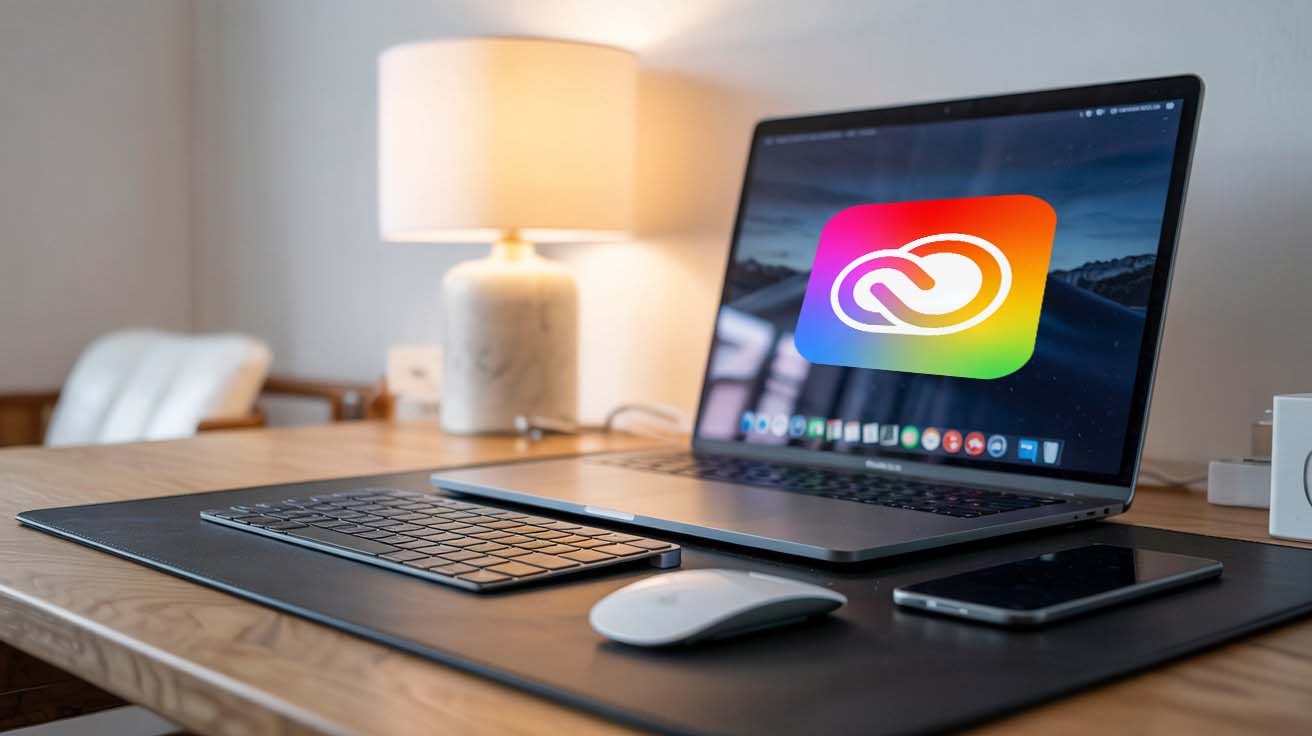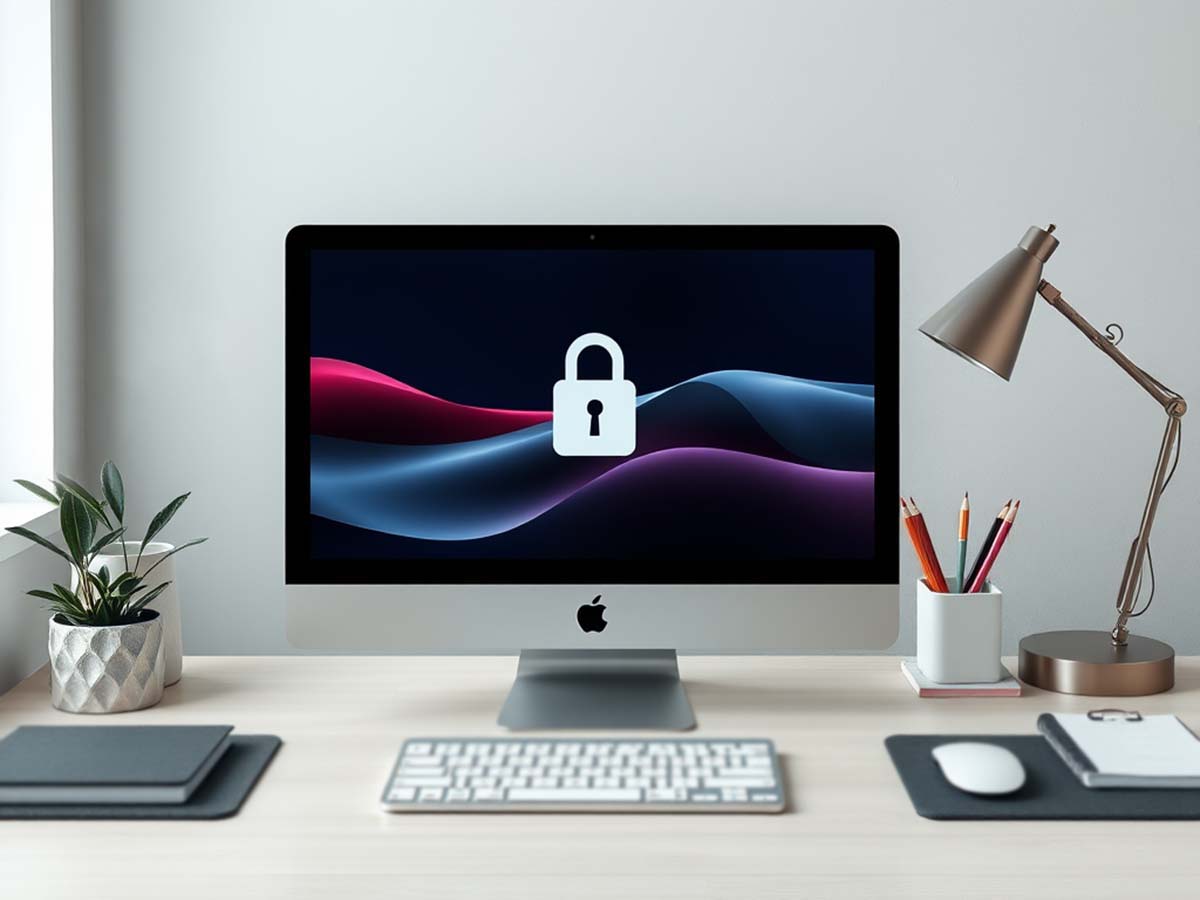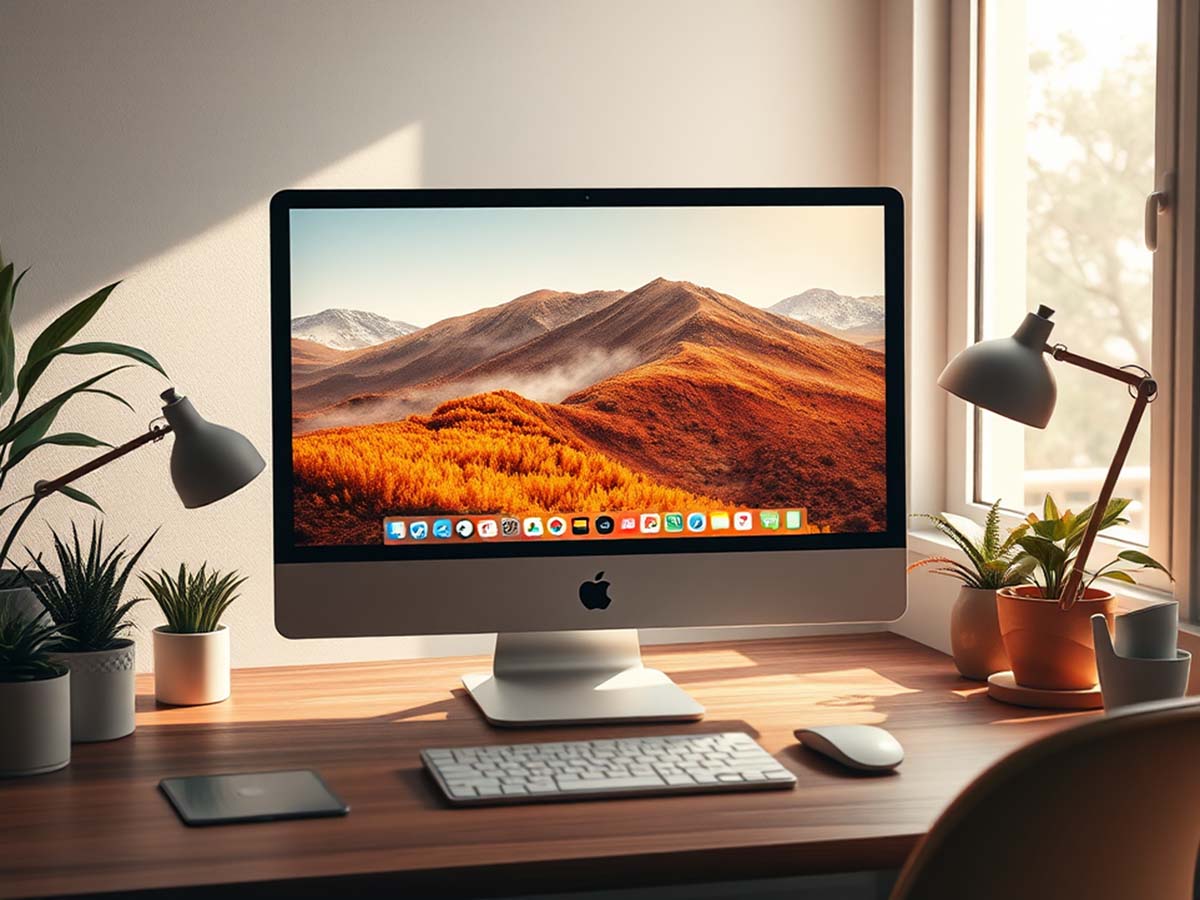Installing Adobe Creative Cloud on Mac
Getting Started: Installing Adobe Creative Cloud on a Mac
Mac devices are a favorite among users around the world—whether you’re a beginner or a seasoned content creator. Many see it as a reliable platform that combines convenience with stylish design. Because of this, more people are turning their attention to Adobe Creative Cloud—a wide collection of apps that help you create and edit graphics, videos, and other types of media.
Finding the correct way to install it is a must, especially if you want everything to go smoothly and securely. While there’s no shortage of information online, it helps to have a clear and easy-to-follow guide. Adobe Creative Cloud supports a global community of Mac users, which makes it a trusted tool for a wide range of creative projects—big or small.
From Asia to Europe to the Americas, many content creators rely on Adobe Creative Cloud. Designers, editors, and marketers often view it as a long-term solution for their creative work. Let’s break down how to install it properly on a Mac and what makes the experience worth it.
Why It’s Popular Among Mac Users Worldwide
It’s not just professionals in design or photography who benefit from Adobe apps. Everyday Mac users find them helpful too—whether for creating simple artwork, editing personal photos, or crafting attention-grabbing social media content.
Students trying their hand at graphic design, vloggers searching for advanced editing tools, and small business owners building marketing materials—all find value in the Mac and Adobe combo. Since many of these tools are recognized globally, they open doors to opportunities in different industries.
The software is widely used in international companies, which means your portfolio can make a stronger impression. Adobe also has a large, active community that’s always ready to share advice and creative ideas.
Things to Check Before You Install
Before jumping into the download, make sure your Mac is ready by checking the following:
- macOS Version
Your system must be compatible with the latest version of Adobe Creative Cloud. Go to the Apple menu, click “About This Mac,” and check for available updates. - Storage Space
Make sure there’s enough room for the installer and the individual apps like Photoshop, Illustrator, and Premiere Pro. If your drive is too full, transfer some files to an external drive or do a quick clean-up. - Stable Internet Connection
Since you’ll be downloading large files, make sure your internet is reliable. Interruptions may lead to incomplete or corrupted downloads. - Adobe Account
If you don’t already have one, sign up on Adobe’s official website. It’s free and needed to access Creative Cloud and its apps.
By doing these steps early, you can avoid unnecessary delays or errors. Many Mac users around the world recommend prepping beforehand to make the process smoother.
Step-by-Step Installation Guide
Once your Mac is ready, head over to Adobe’s official site. Look for the Creative Cloud section and download the installer that matches your system. It might take a few minutes, depending on your connection.
Open the Installer File: Double-click the downloaded file and follow the instructions. Usually, you’ll see the Creative Cloud app asking to be dragged into the Applications folder.
Launch the App: Open it and log in using your Adobe account. You’ll notice a loading screen while the interface gets set up.
Select the Apps You Want: Inside the Creative Cloud panel, choose from the available Adobe programs like Photoshop, Premiere Pro, Illustrator, InDesign, and more. Trial versions are also available if you’re not subscribed yet.
Click “Install”: Pick the apps you need and start the download. Installation time depends on your internet speed and the app size.
Wait for the Setup to Finish: Once installed, you’ll find the apps in your Applications folder or directly through the Creative Cloud interface.
The process is straightforward as long as you take the time to prepare. Many users say it’s well worth the effort once you start using the tools included in your plan.
Activating Your Subscription
Opening an app like Photoshop will prompt a login to confirm your active subscription. If you have a plan, the full version launches immediately. If you’re on a trial, it will show how many days are left.
Adobe also sends reminders before your subscription expires. You can manage your billing or change plans through your Adobe account settings anytime.
Why It’s Worth It: Real-World Benefits
Young artists worldwide use Photoshop and Illustrator to practice their digital skills without needing costly classes. Many learn through free tutorials and stay connected with online communities.
In video editing, apps like Premiere Pro and After Effects are often used for vlogs, short films, and marketing projects. With high demand for polished video content, creative freelancers often land international collaborations.
Recognized Worldwide
Adobe is trusted by both freelancers and large organizations. Using it adds credibility to your work since clients are familiar with the platform. Many professionals find it easier to showcase their portfolio because the quality is easy to recognize.
Common Problems and Quick Fixes
Here’s one bullet list to simplify some issues users often face—and what to do about them:
Slow Downloads
Fix: Use a faster connection or close other apps that consume bandwidth.
Login Errors
Fix: Restart the Creative Cloud app, double-check your login details, or wait if there’s scheduled maintenance.
Not Enough Disk Space
Fix: Free up storage or move files to an external drive or cloud service.
App Crashes
Fix: Keep both macOS and Creative Cloud updated. If problems persist, reinstall the specific Adobe app.
These problems don’t have to stop your progress. Adobe’s help center and user forums often provide detailed instructions for most issues.
Real Stories from Creative Users
Let’s take a look at how people from different places use Adobe Creative Cloud successfully:
- A new vlogger in the US said her channel looked more polished after learning Premiere Pro. She practiced regularly and saw a big difference.
- A freelance designer in the Philippines landed a client from Europe. He used Illustrator and Photoshop to deliver a complete brand identity package, getting great feedback despite time zone differences.
- A creative agency in Australia uses Adobe daily. Since their team shares the same software versions, file sharing and teamwork are more efficient.
No matter where you’re located or what language you speak, Adobe helps creators connect and work together seamlessly.
Adjusting the Workspace to Suit You
Once Creative Cloud is installed, you can customize the layout of each app. In Photoshop, for example, you can move panels around. In Illustrator, you can add custom shortcuts to save time.
This flexibility is a favorite among users, since not all software allows this level of personalization. Adobe also supports multiple languages, making it accessible across borders.
Cost Planning and Subscriptions
Keeping a subscription means planning your budget. Adobe offers monthly and annual billing, so you can choose what fits you best. Students often get a discount to make the service more affordable.
Many organizations also take time to evaluate whether Adobe Creative Cloud fits into their workflow. Some choose only specific apps, like the Photography Plan, which includes Lightroom and Photoshop.
Pro Tip for Learning More
Once you’re familiar with one app, try experimenting with others. If you’re good at Photoshop, consider learning InDesign for print layouts or After Effects for animation. Broadening your skills can increase your value as a freelancer or employee.
Training Resources from Around the World
Adobe Creative Cloud stands out because it keeps evolving. They regularly introduce new features based on global user feedback.
There are also plenty of learning platforms available—some free, some paid. YouTube videos, tutorials, and online courses in various languages help users stay up to date. Whether you’re a hobbyist or a full-time creative, there’s always room to learn.
Thanks to global access and learning tools, even beginners can land international gigs. The most important thing is to stay patient and keep practicing.
Advice from Fellow Creators
Beyond the technical side, your mindset also matters. Success in creative work often comes from a mix of curiosity and persistence.
Do you want to become an expert photo editor?
Interested in making short films or music videos?
Want to design brochures and infographics?
The variety of apps in Creative Cloud lets you try many paths. You can specialize in one area or explore several, depending on your goals.
Social media and online workshops also make it easier to connect with other creatives. There are webinars across different time zones, so it’s easier to join learning sessions wherever you are.
Adobe Creative Cloud remains a dependable partner for Mac users. From setup to daily use, it supports your growth—whether for art or business. While tools and technology may change, being open to learning helps you stay ahead.
If you’ve overcome the early hurdles, you’ll enjoy the benefits of a solid creative suite that makes your work shine. With preparation and steady effort, the results can be deeply satisfying. At the heart of it all is your drive to grow, learn, and collaborate—and Adobe Creative Cloud makes that possible, no matter where you are in the world.




